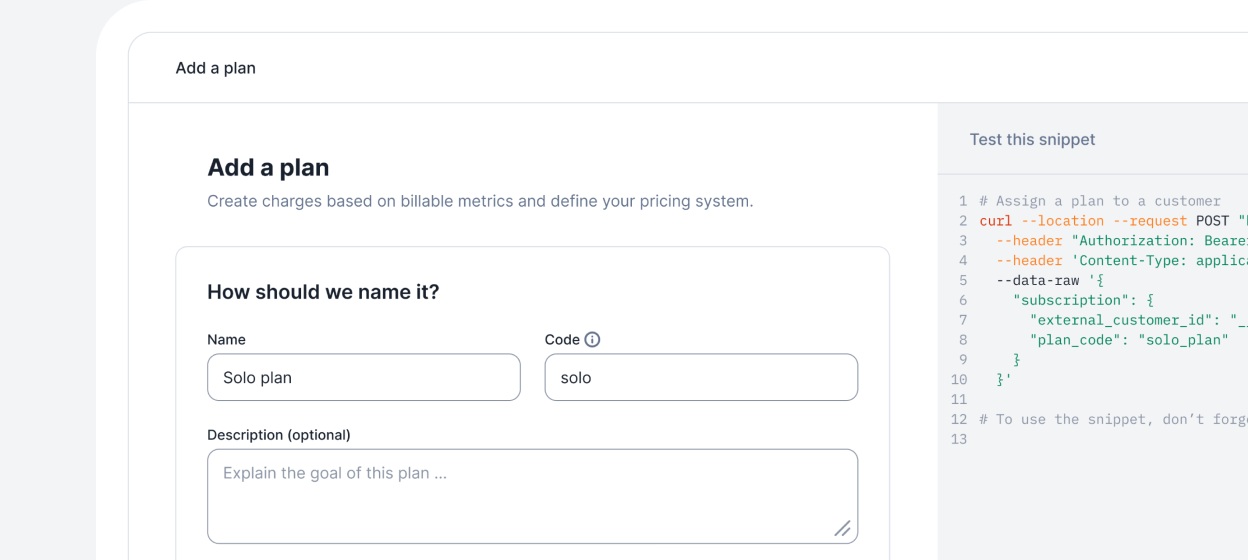Lessons on monetization, pricing, and PMF: a chat with Elena Verna

Elena Verna is a reference in the world of B2B product growth. She’s been an executive and/or advisor for some of the most successful B2B companies: MongoDB, Miro, Maze, and is currently interim head of Growth at Amplitude. She’s also a partner and program creator at Reforge.
Elena is famous for her memes, poems and frameworks, which, beyond making us laugh, contributed to evangelizing a tech industry formerly drunk on the quest for short-lived ‘growth hacks’.
We sat with her to discuss pricing, monetization, and growth.
1. What’s growth and pricing to you?
Growth is a predictable, sustainable, and competitively defensible way of answering questions: How do you acquire? How do you retain? How do you monetize?
Pricing is only an aspect of monetization.
But monetization differs from the pricing. Monetization is about understanding core use cases and the monetization model, when you will charge, how much and what you charge for (‘value metrics’), how it will scale, and the cost of offering.
2. Do you think growth teams iterate enough on their monetization model? Why? What’s the typical frequency? And challenges?
We are often afraid to touch our monetization model - it is so close to revenue that consequences of potentially negative impact are felt immediately. We also fear customers' lashing back if we change our monetization model. However, not iterating on it means:
- Building expectations of a static monetization model that *will* get a market reaction when you change. Instead, create expectations of monetization adjustments from the start. A great example is Netflix - their first price increase was a significant event. But all subsequent price changes have barely made the news. Rip the bandaid early!

- Leaving a lot on the table as the monetization model needs to adjust to market needs and your product evolution continuously. Instead, testing and knowing what works and doesn’t within your monetization is the most significant strategic advantage you can have in your business. Don’t shy away from this work.
3. What’s the best way to run monetization A/B tests?
A/B testing pricing is just like A/B testing any other user flow. But testing pricing is only one component of monetization - testing feature allocation, paywall timing, messaging, and awareness are equally as important. My three suggestions:
- Experiment continuously.
- Segment experiments into three buckets: start with monetization awareness - how is your monetization model presented within your product? Paywalls, messaging, etc. Move on to conversion friction optimization. How easy is it to understand your pricing page, ease of checkout, etc. Experiment with value metrics last. For example, should you charge per user or active user? This is the hardest problem to solve - reserve it till you finished (a) and (b).
- Run price sensitivity test: +/- dollar variations. Understand the customer sensitivity curve of your pricing.
- Run A/A/B test, meaning you have two control ‘variations’. This will ensure that you call results when the sample size has normalized itself.
- Avoid cookie-based assignments for monetization tests. Create persistence to ensure users don't migrate in and out of variations.
4. Everything I read about pricing and monetization strategies applies to later-stage companies. How should revenue leaders consider pricing around product market fit and series A?
Monetization strategy is part of your Product Market Fit, so I’m always puzzled when someone attributes this work to later-stage companies. Perhaps you don’t have enough volume to run A/B tests. Still, you should be talking to customers and piloting different monetization models to understand what will get you the most considerable traction with value capture.
5. Also, the ‘product and engineering’ aspect of rolling out new pricing is often overlooked. What’s an excellent internal organization around this? (E.g., Revenue or growth team recommends a pricing change, and then a product manager, a billing engineer and a business operations manager execute on these changes?)
Avoid Finance or Ops teams owning pricing. The monetization strategy should be owned by a committee comprised of Product, Sales, Marketing, and Finance. Although every department should have a big say in pricing decisions, product & engineering teams should take accountability for product selling itself and creating delightful purchasing experiences that fit the business model best. For me, this materializes in “the monetization pod” within the Growth team - with a Monetization Product Manager, Engineer, Designer, Analyst, and Marketing Manager.
6. You mentioned the “B2C vs B2B” dichotomy is bound to disappear. Do you think a similar trend exists in self-serve vs sales-led?
A bridge between “self-serve” and “sales-led” is product-led sales. This is where you start with usage but monetize with sales.
I think all three channels will exist for the foreseeable future. However, much more transactional volume is shifting to self-serve and product-led sales, with top-down outbound sales facing more and more difficulty in the market.
7. Usage-based pricing is very trendy at the moment, with examples like Snowflake. However, with the current climate, cash collection seems even more important, which is often a challenge with usage-based pricing. Any thoughts on how and if this trend should be embraced?
Usage-based pricing aligns your business with customer outcomes, which is of utmost importance. Companies will only rip out a product that has low utilization. So, doubling down with usage-based pricing will be the winning strategy to weather this economic climate.
8. Have you seen tensions about “budget predictability” though? Are buyers willing to have the peace of mind of how much will be spent?
Budget predictability is in direct tension with utilization, indeed. It often boils down to “overage management”. I’ve seen two main approaches: overage forgiveness until the next billing cycle or overage discounting work well to ease this concern.
Focus on building, not billing
Whether you choose premium or host the open-source version, you'll never worry about billing again.
Lago Premium
The optimal solution for teams with control and flexibility.

Lago Open Source
The optimal solution for small projects.

